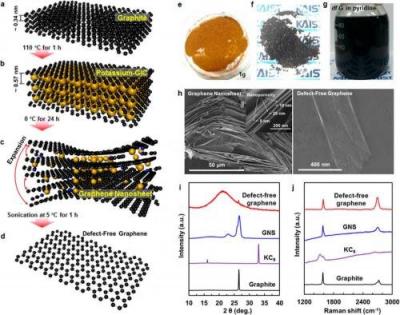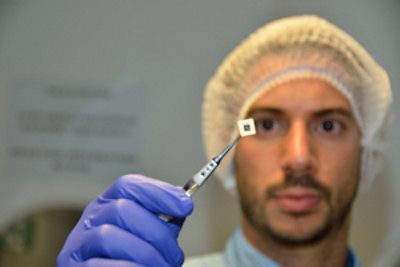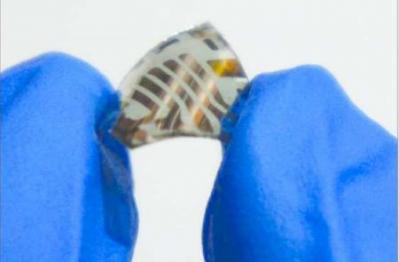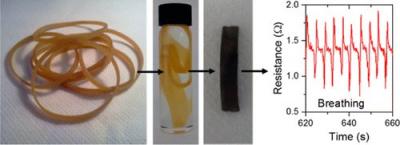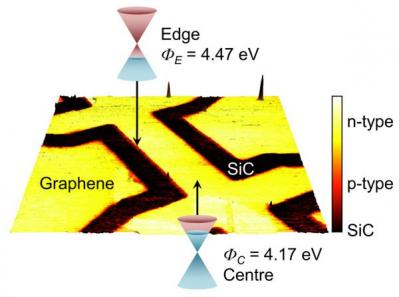Graphene oxide reinforced Nanocomposite for Naval/Marine applications
Researchers from India's VIT University developed new a basic nanocomposite material for naval/marine application devices. This material is anti-corrosive and is a high-performance functional device, which the researchers say suits the requirements for applications for marine and naval conditions (humidity, temperature, etc).
The material is a graphene-oxide reinforced/conjugated polymer nanocomposite. A PEDO-block-PEG polymer was used as a host medium, with graphene-oxide as a modifier and PVDF as crosslinker. The researchers say this is a novel composite that exhibits high performance in structure, thermal, morphology and electrical properties.
